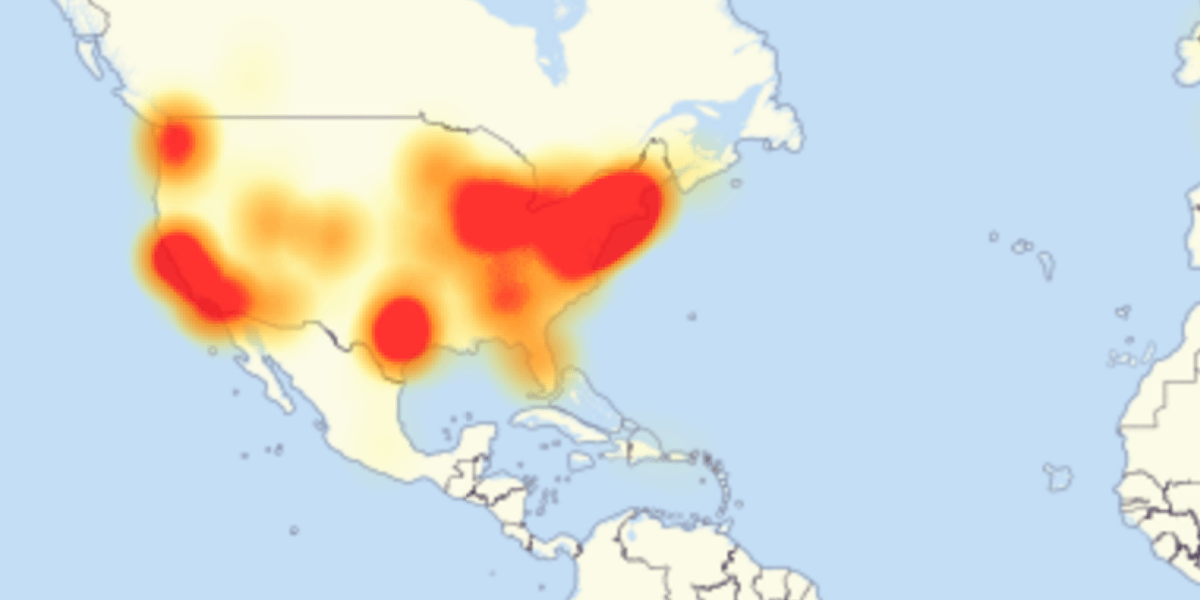Damages to gas utilities tend to get the lion’s share of media coverage and, therefore, tend to be what comes to mind when you think of excavation accidents. But, surprisingly, gas facilities are actually only the second-most damaged critical underground asset; telecommunications lines are first, and the numbers aren’t even close.
According to the 2019 CGA DIRT Report, nearly 205,000 underground telecommunications facilities were damaged in 2019. That number is more than natural gas, electric, and water and sewer facilities combined!
The direct and indirect costs to repair damaged facilities can be steep. One study found that $330,000 in traffic disruption costs alone could be attributed to a single damaged telecommunications facility. The facility was located at a major arterial road and took 23 days to repair.
Money isn’t the only consequence of damaged telecommunications facilities. Read on to discover the repercussions of five recent telecommunications outages caused by excavation accidents.
1.A CUT CABLE DISRUPTS THE ELECTION PROCESS.
A contractor working on a sewer installation project cut an unmarked fiber optic cable in Chester, Va., on Tuesday, October 13, 2020, the last day Virginia residents could register to vote in the November general election. The strike shut down Virginia’s voter registration system for more than five hours and affected online services provided by the state Department of Motor Vehicles and Department of Health, among other agencies.
The outage prompted a coalition of voter advocacy groups to file a federal lawsuit to extend the registration deadline. A federal court granted an extension order the next day, but the ordeal perturbed many and even prompted some to question whether a strike during a hotly contested presidential race was truly accidental.
2.A FIBER DAMAGE TAKES AN ENTIRE COUNTY SCHOOL DISTRICT OFFLINE.
Just one week after Virginia’s voter registration system went down, the Arlington County School District closed for distance learning after a third party cut a fiber optic cable. The district, which opted for online-only instruction for the beginning of the 2020-2021 academic year because of the COVID-19 pandemic, experienced a complete loss of internet service, forcing it to cancel a full day of classes for nearly 27,000 students in pre-K through grade 12.
Although missing a day of school usually isn’t a big deal in a typical year, it’s problematic this academic year because students in fully remote environments already have higher absenteeism and complete less work than students in face-toface classrooms, according to a report from the research organization RAND Corporation.
3.A COUNTY CALLS 911 AND NOBODY ANSWERS, DUE TO AN EXCAVATION DAMAGE.
In 2019, a Missouri county 911 call center lost service when an excavator damaged a fiber optic line that serves the center. Although incoming calls were eventually rerouted to another 911 center about 14 miles away, there was a brief window when anyone calling 911 in the county got a busy signal.
This isn’t the first instance of a cut cable disrupting 911 service. A similar incident prevented people in one Tennessee county from calling 911 on their cell phones earlier that same year. And in 2020, a cut cable interrupted 911 services for about 100 customers in a city in Washington state.
It goes without saying that the consequences of someone not being able to connect with 911, or experiencing delays in emergency response because their call has been re-routed to a different center, can be deadly.
4.A SEVERED CABLE SHUTS DOWN THE LOCAL JUSTICE SYSTEM.
Government services in an Indiana county ground to a halt for an afternoon in 2019 after a construction crew partially severed a fiber optic cable. Service was disrupted at the county courthouse, the county jail and sheriff’s department, the county government office building, and the court services building, prompting some courthouse offices to send their workers home early.
The judicial process is slow and challenging in the best of times. Any disruption in the process can have ripple effects for weeks and cause delays that impact a huge number of people, including defendants and their families.
5.CONSTRUCTION ACTIVITY SHUTS DOWN ONE CALL CENTER.
On April 21, 2020, a damage occurred to an underground fiber line causing significant outages in the Denver area, including the Colorado One Call center. The underground fiber damage was caused by construction activity.
Because service to the One Call center was restricted due to this damage, timely completion of location request tickets was endangered, causing delays for other excavation projects in Colorado.
As fiber networks become larger and more complex than ever with the ongoing deployment of 5G, it’s critical for telecommunications providers to leverage damage prevention technology to protect their investment.”
DAMAGE PREVENTION SOLUTIONS FOR TELECOMMUNICATIONS COMPANIES
Damage prevention programs can help telecommunications companies prevent excavation accidents that damage their underground facilities. A few elements of effective damage prevention programs, according to PHMSA, include:
• Enhanced communication and collaboration with all those involved in the excavation process, including One Call centers, underground facility owners, and excavators.
• Partnership in 811 Call Before You Dig campaigns intended to raise awareness of the 811 process among homeowners and contractors.
• Use of technology such as damage prevention software and data analysis to measure and improve program effectiveness.
As fiber networks become larger and more complex than ever with the ongoing deployment of 5G, it’s critical for telecommunications providers to leverage damage prevention technology to protect their investment. Every damage sustained requires an expensive repair, and the indirect costs of a damage can be much greater.
By investing in damage prevention, telecommunications companies can better anticipate and prevent damages to their expanding network of underground facilities, thereby reducing the direct and indirect costs associated with damages.
Corey Capasso is Founder and CEO of Urbint. Visit urbint.com to learn more about their commitment to damage prevention and worker safety.


Comments